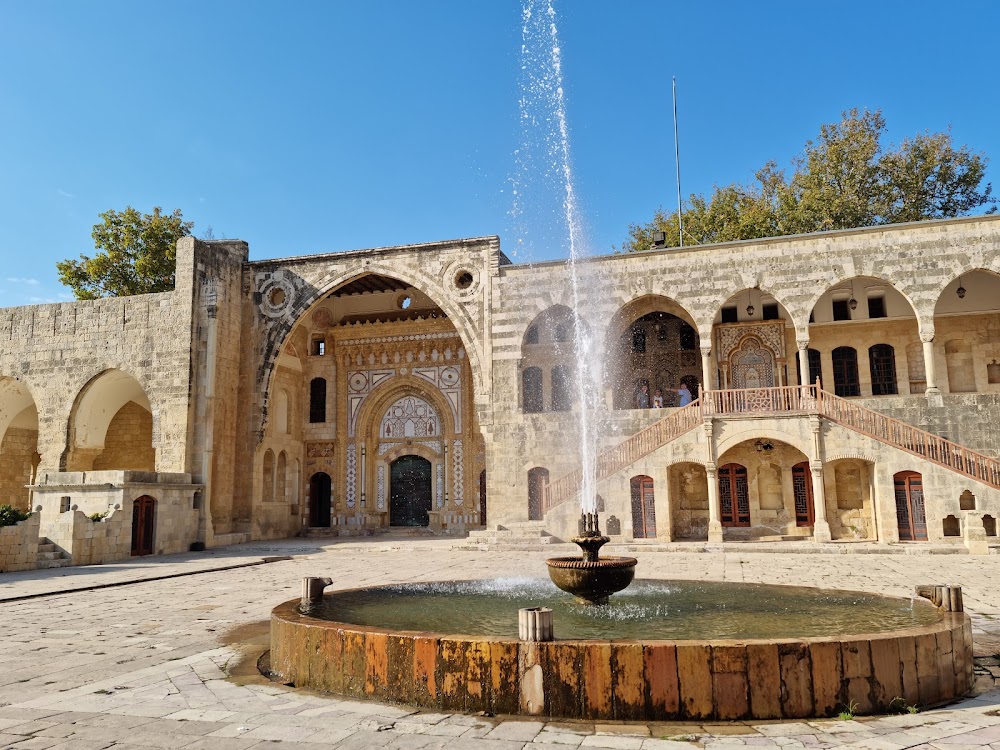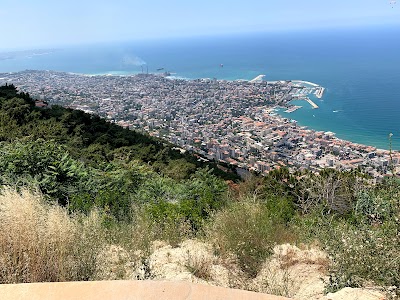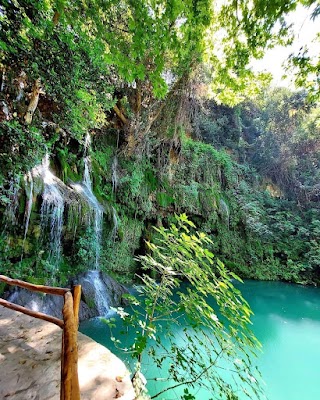Byblos Castle (قلعة جبيل)
Related Places
Overview
Byblos Citadel, also known as Byblos Castle, is an awe-inspiring historic landmark nestled in the ancient city of Byblos, located in Mount Lebanon, Lebanon. This castle boasts a captivating narrative that intertwines with the rich history of the region, serving as a remarkable testament to the architectural and cultural evolution that has unfolded over millennia.
Byblos is celebrated as one of the oldest continuously inhabited cities in the world, with a remarkable history spanning over **7,000 years**. Once an essential trade hub for the ancient Phoenicians, Byblos played a significant role in disseminating the famed Phoenician alphabet. By the time the Crusaders reached its shores in the **12th century**, the city had already witnessed the rise and fall of numerous civilizations, including the Egyptians, Greeks, and Romans.
The **Byblos Citadel** was constructed by the Crusaders in the **12th century**, around **1108 A.D.** Strategically situated, the castle overlooks the Mediterranean Sea, taking advantage of its naturally defensible position. Built from white limestone sourced from the area and stones repurposed from earlier Roman structures, the Citadel showcases a unique blend of new and reused materials, reflecting its continuity with the city’s rich past.
The initial construction of Byblos Citadel was led by the Crusader **Sir Hugh of Saint Omer**. Designed as a military fortification, it provided a stronghold for the Crusaders as they established their foothold in the Holy Land. Over the years, the castle underwent expansions and reinforcements, particularly during conflicts, to endure sieges and attacks from various invaders, including the **Mamluks** and the **Ottomans**.
Architecturally, Byblos Citadel exemplifies typical **Crusader castle** design, featuring thick, towering walls, robust defensive towers, and a central keep that served as the last line of defense for the garrison. The entrance is fortified and was originally protected by a drawbridge, enhancing its security. The design prioritizes functionality and defense, showcasing the military ingenuity of the era.
Inside the Citadel, there was ample space for soldiers, supplies, and stables for horses. The central courtyard served as a training ground and assembly point for troops. Its elevated position provided a strategic vantage point, allowing occupants to survey the surrounding area and coastline, a critical advantage against potential attackers.
Following the fall of the Crusader states, Byblos Citadel came under the control of successive ruling empires. Captured by the **Mamluks** in the late **13th century**, it eventually became part of the **Ottoman Empire**. Each ruling power left its mark on the castle, adding small structures or reinforcing existing ones to meet their own military needs.
Today, Byblos Citadel stands as a major tourist attraction and a **UNESCO World Heritage site**. Visitors can explore its formidable walls, ancient towers, and the remnants of its diverse historical layers. A small museum within the castle showcases artifacts unearthed in Byblos, providing valuable insights into the city’s long and varied history.
The Citadel’s architectural styles reflect its turbulent history and the myriad cultures that have influenced it over the centuries. Its well-preserved features offer a fascinating glimpse into the medieval period and the strategic military thinking of the Crusaders. This site is not only a monument to the past; it serves as a venue for cultural exchange and learning, where people from around the globe can connect with Lebanon’s rich history and the broader region.
Standing proud, Byblos Citadel overlooks the ancient city and the shimmering Mediterranean Sea. Its weathered stones and towering defenses are reminders of a time when it was a bustling center of military activity and strategic significance. Today, it remains one of Lebanon's most iconic landmarks, encapsulating the spirit and enduring legacy of Byblos.









